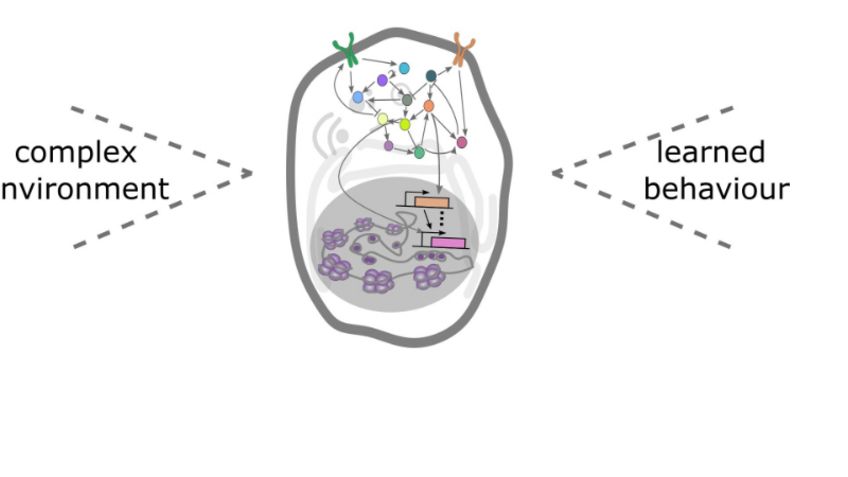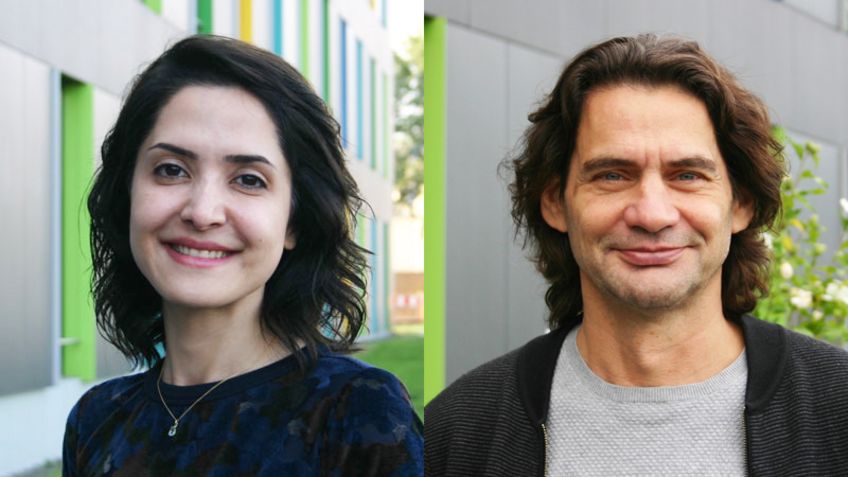Neuronale Degeneration und Regeneration

Neuronal Regeneration
Most mammalian and human neurons do not regenerate after injury/trauma in the adult central nervous system (CNS), and the spontaneous plasticity of injured as well as uninjured neurons contributes only to very limited functional recovery. In contrast, CNS regeneration occurs efficiently in some animals including amphibians and fishes, which are able to re-grow long-distance axonal projections after injury. The precise control of neuronal re-growth is essential to recovery of functional abilities. Moreover, understanding the molecular basis of neuronal regeneration are of high relevance to biomedical studies that aim to achieve recovery of neurons and axons after injury and to counteract neurodegenerative diseases.
Our lab is focusing on understanding the molecular mechanisms that underlie the on/off switch that enables or inhibits neuronal regeneration in frogs (Xenopus tropicalis). In order to investigate this, we conduct high-resolution in vivo analysis using GFP-based sparse neuronal labelling, functional genetic studies, as well as single cell transcriptome and epigenetic analysis. This research might open the possibility of discovering strategies to reverse the inhibition of regeneration in damaged CNS of mammals including humans.
Experimental system: Xenopus tropicalis
The Western clawed frog Xenopus tropicalis (X. tropicalis) is a newer system to study vertebrate development and regeneration of the central nervous system, as well as a model of human diseases.
X. tropicalis has a high capacity to regenerate nerves in response to injury of the brain and spinal cord during tadpole stages; however, this regeneration competence is completely lost during/after metamorphosis. Therefore, this is a unique paradigm to study plasticity and reversal of regeneration competence, which is not present in other animal models like salamanders and fishes.
The advantages of X. tropicalis as a model organism are:
- The genome is strictly diploid and has not undergone large gene duplications like X. laevis or Zebrafish (e.g. X. laevis is tetraploid and carries many gene duplications).
- The generation time (~4 months) enables multigenerational genetic experiments such as knock-outs or knock-ins using CRISPR/CAS9.
- Ability to generate up to thousands of animals per single fertilization.
- High resilience of the animals during early developmental stages which facilitates cell electroporation or cell transplantation.
- External development of embryos which allows in vivo live imaging and easy manipulation for single cell sparse labeling.
- Enables generation of transgenic lines and germline as well as somatic mosaic mutant for performing gene functional studies (CRISPR, morpholinos, chemogenetics, optogenetics).








